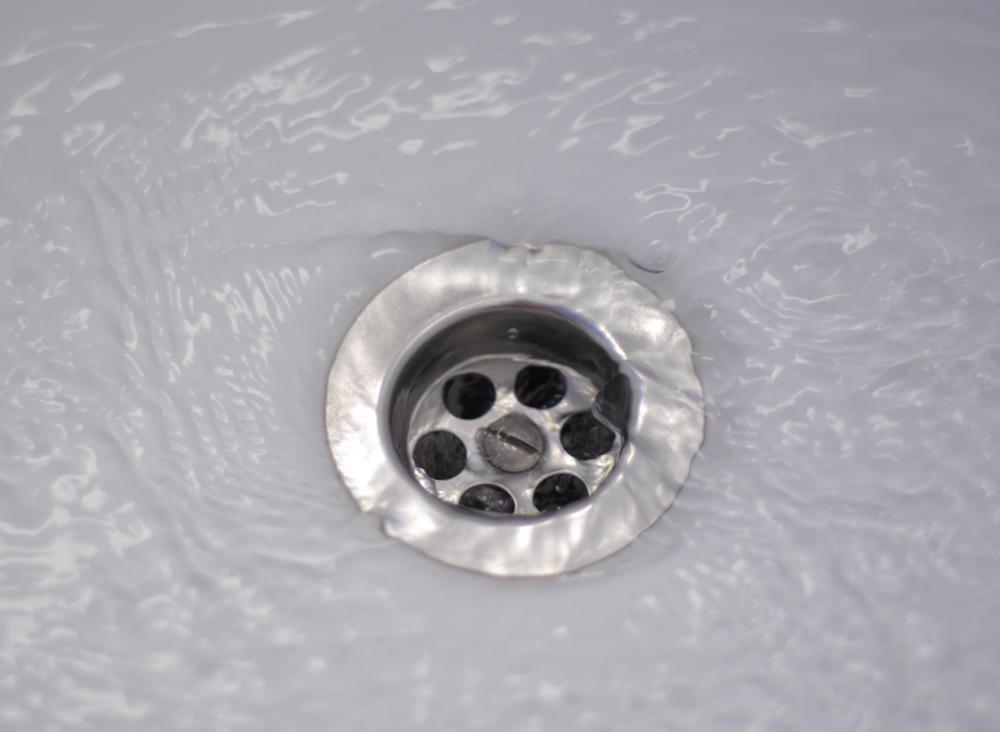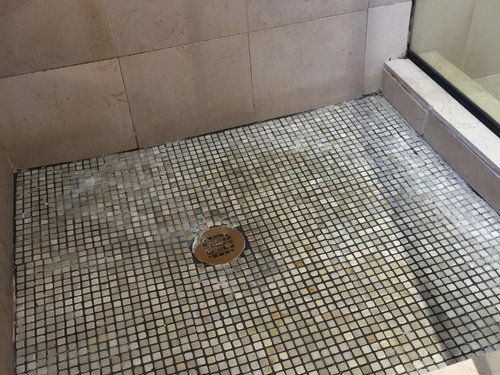Taking On-Handling-Managing Your DIY-Do-It-Yourself-Self-Installed Shower Drain-Bathroom Drain-Drainage System Installation-Setup-Project
Taking On-Handling-Managing Your DIY-Do-It-Yourself-Self-Installed Shower Drain-Bathroom Drain-Drainage System Installation-Setup-Project
Blog Article
Right here in the next paragraph you will discover a bunch of amazing information related to Simple Steps for Installing a Shower Base.

Updating a restroom is just one of the more preferred house enhancement jobs. Handling the plumbing for draining your shower can be extremely basic unless you overdo.
Handling Your Own Shower Drain Installment Project
Whether you are a tub or shower individual, most people search for shower just alternatives when acquiring a residence. This simple fact implies greater than a couple of home owners invest a weekend upgrading or setting up showers in their shower rooms. Luckily for you, it is a rather simple process.
An enthusiast or pan refers to the straight surface area situated at the end of the shower. The enthusiast usually includes a non-slip surface area somewhat banked in the direction of the facility or any place the drainpipe lies. Incorporated with 3 to 4 inch wall surfaces around the side, the goal of your shower drainage plumbing is to get the water to flow to and down the drain.
You can physically build a collector for your new shower, but you really require to think of it. Do you actually intend to get into the complications of obtaining the sloping proper, as well as seeing to it every facet of it is water-proof? As well as I indicate every element! It is much easier to merely acquire a pre-cast enthusiast online or at your neighborhood copyright, House Depot or hardware store. Structure one could seem like a great suggestion, yet you will most likely feel differently after a number of hours.
Regardless of how you deal with obtaining a pan, you should strive to utilize one that has the drainpipe located in the same place as the initial pan. Relocating the drainpipe pipelines can be a task, specifically if the builder made use of an unique framework structure. If you are determined to relocate the drain, you are mosting likely to need to cut back the pipeline or lengthen it, which might mean ripping up huge pieces of the floor. Rephrase, you are going to be considering a several weekend job.
Assuming we have our drainpipe aligned, the actual link is relatively straightforward. The drain pipeline must be facing vertical approximately the enthusiast. It will usually look like a "U", which suggests it serves as a cleanout to maintain nasty scents from coming back up from the drainpipe. To connect the drain, you are mosting likely to create a water limited connection between a drainpipe cap on the top of the pan as well as the drainage pipe. Equipments vary, yet you are generally going to do this by putting a coupling piece on the top of the water drainage pipe. This is then covered with gaskets as well as essentially screwed right into the drainpipe cap. The drainpipe cap must serve as a locknut, to wit, it screws straight onto the combining.
The challenging part of this procedure is obtaining your drain cap to suit a water tight placement in the pan. This is achieved by withdrawing the drain cap once you make sure everything meshes. At that point, you put plumbings putty around the underside of the cap and then screw it back on. The putty ought to develop a limited seal in between the cap and the shower pan, which maintains water from dripping under it and into the mounting under the shower.
Certainly, restroom showers can be found in a wide array of styles nowadays. If you purchase an enthusiast, they usually included plumbing guidelines or the shop can keep in mind anything uncommon you ought to understand. It seems intricate, yet is typically rather straight forward. Have fun!
How To Install & Replace A Shower Drain In 5 Steps
Replacing a shower drain, or installing one for the first time, often requires a plumber, but if you’re confident in your DIY skills then you may be able to do it yourself. Your new shower drain should come with specific installation instructions, so take time to familiarise yourself with those before you get started. There are several types of shower drain, and the one you choose or are supplied with will depend on your shower tray, your pipes and the manufacturer’s recommendations. All Mira shower trays are compatible with compression-style shower drains, which attach to your home’s drainpipes with compression washers and nuts. Here’s an overview of how to install this type of drain.
How to install a compression-style drain
Please bear in mind that these are general instructions, and you should refer to the manufacturer’s recommendations to install your shower drain.
Trim the drainpipe
The drainpipe should come up to 2cm below the lip of the shower drain. You might need to lift the shower base on to mark the right height, and then remove it again before trimming the drainpipe with a hacksaw. Ensure the cut is flat and level.
Attach the drain assembly to the shower base
Apply silicone caulk to the lower rim of the drain assembly and insert it into the shower base from the top side of the base. This should be done before the base is put in place on the floor. Press the drain assembly firmly into place so that the caulk forms an even seal.
Slide the rubber washer and slip washer on to the drain assembly from underneath the shower base, then thread the drain nut on and tighten it with pliers.
Wipe away any excess caulk that has oozed out.
Put the shower base in position
Carefully position the shower base so that the drain assembly lines up with the drainpipe and fits inside it. It’s a good idea to get someone else to help out, and it’s usually easier to set the back of the base down first, and then lower the front of the base down.
Insert the compression gasket and nut
Slide the rubber compression gasket down into the drain opening so that it fits around the drainpipe. The top of the gasket should line up with the top of the pipe, or be slightly lower.
Drop the compression nut into the drain opening and use the fitting tool that will likely have been provided and a screwdriver to tighten the nut. As you tighten it, the gasket will be compressed against the drainpipe, creating a watertight seal.
Fit the metal strainer
Press the metal strainer into the drain opening, making sure the top surface is lower than the shower floor around it.
And there you have it, a brand-new shower drain! Allow the silicone to set for a full 24 hours before using the shower.
Cleaning and maintenance of your shower drain
Shower drains can quickly become clogged with hair and a build-up of product, which can lead to bad smells and can prevent your shower water from draining efficiently.
To maintain your shower drain, clear out any strands of hair that gather on the metal strainer after each shower. We recommend cleaning your shower drain thoroughly once a month using boiling water to loosen up soap scum and get things moving.
https://www.mirashowers.co.uk/blog/how-to/how-to-install-replace-a-shower-drain-in-5-steps/

I was brought to that article about Easy Shower Drain Installation Tips from a good friend on a different website. Are you aware of someone else who is fascinated about How to Choose the Best Drain for Your Shower? Please feel free to promote it. Thank you for your time spent reading it.
Report this page